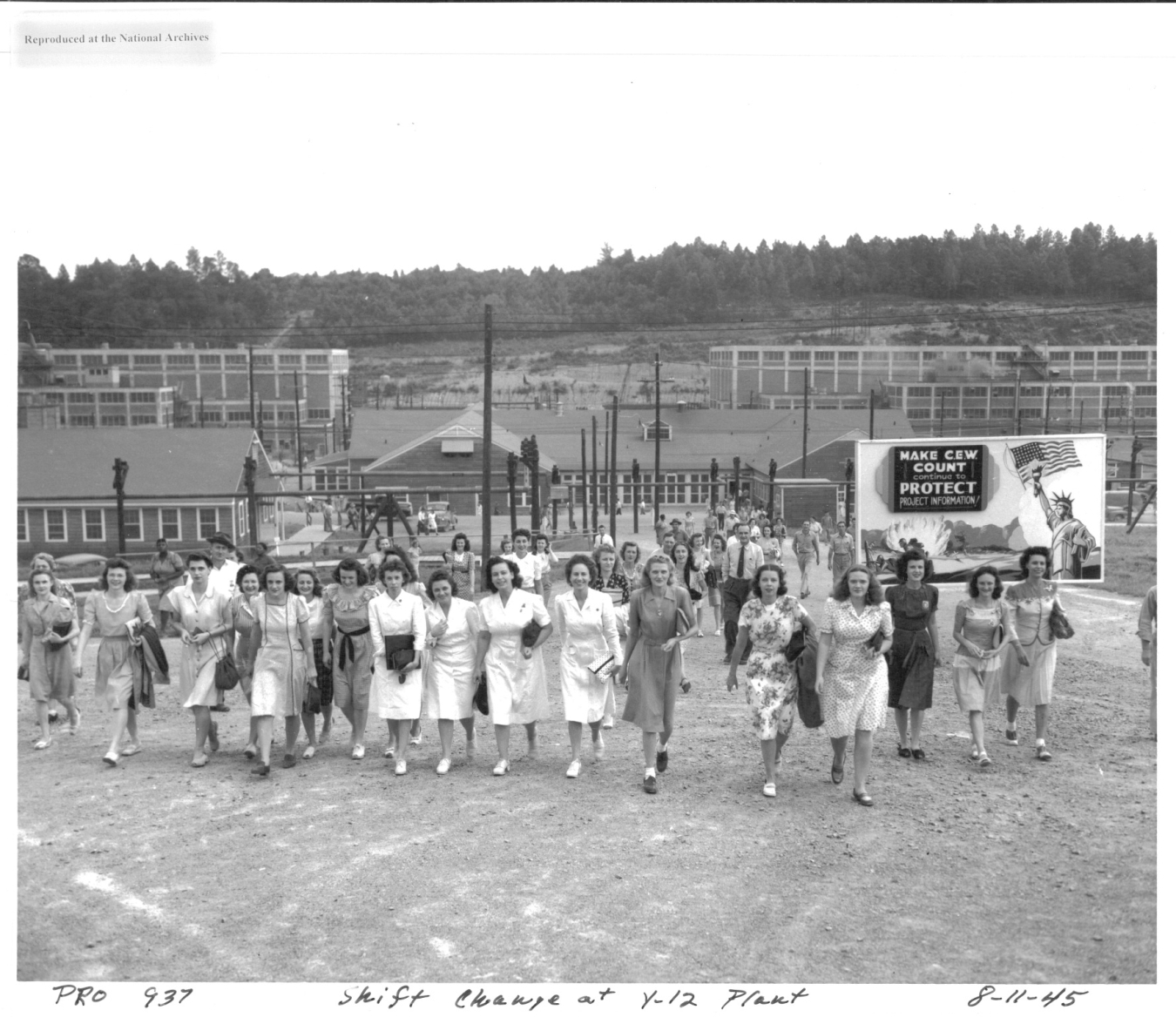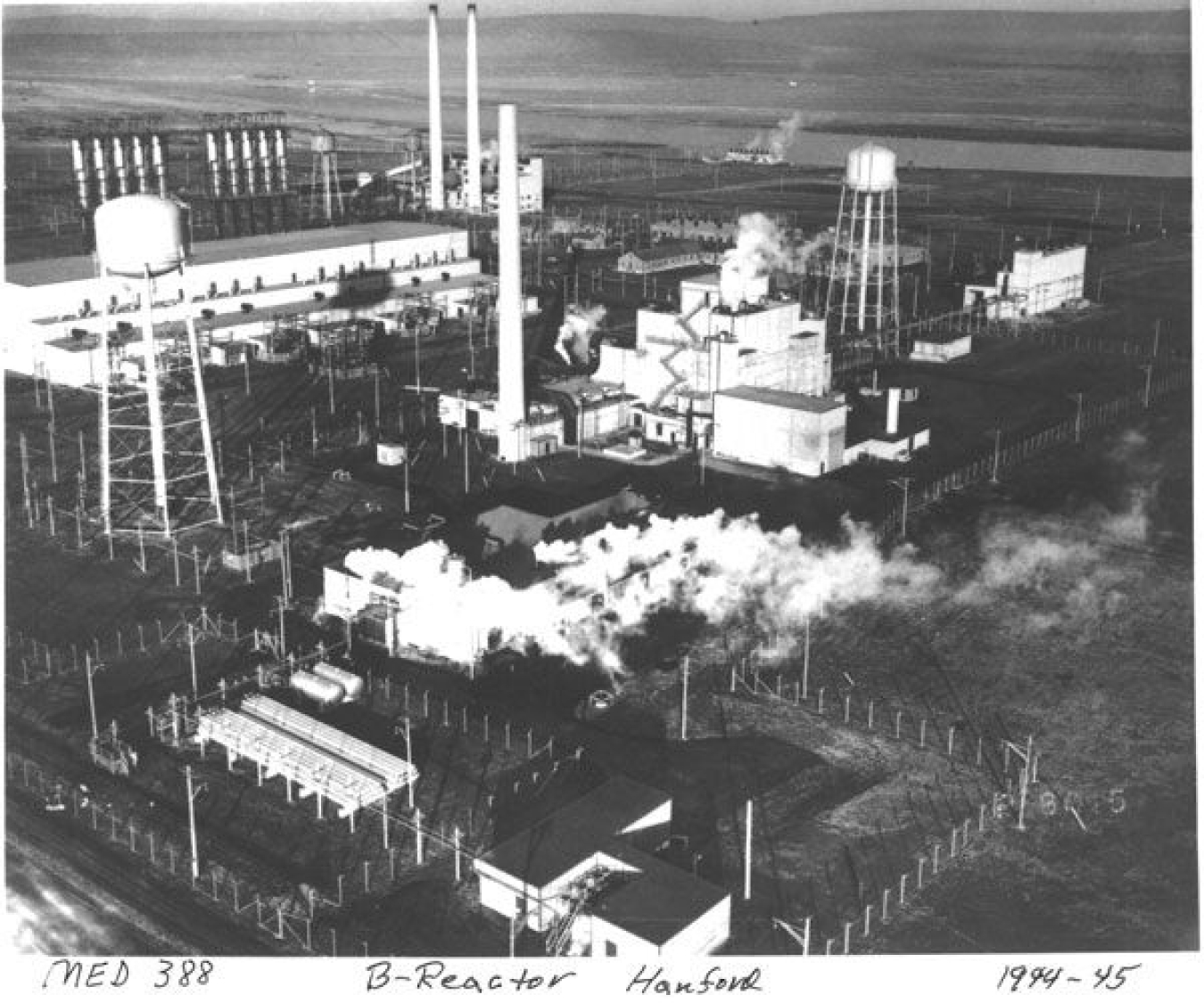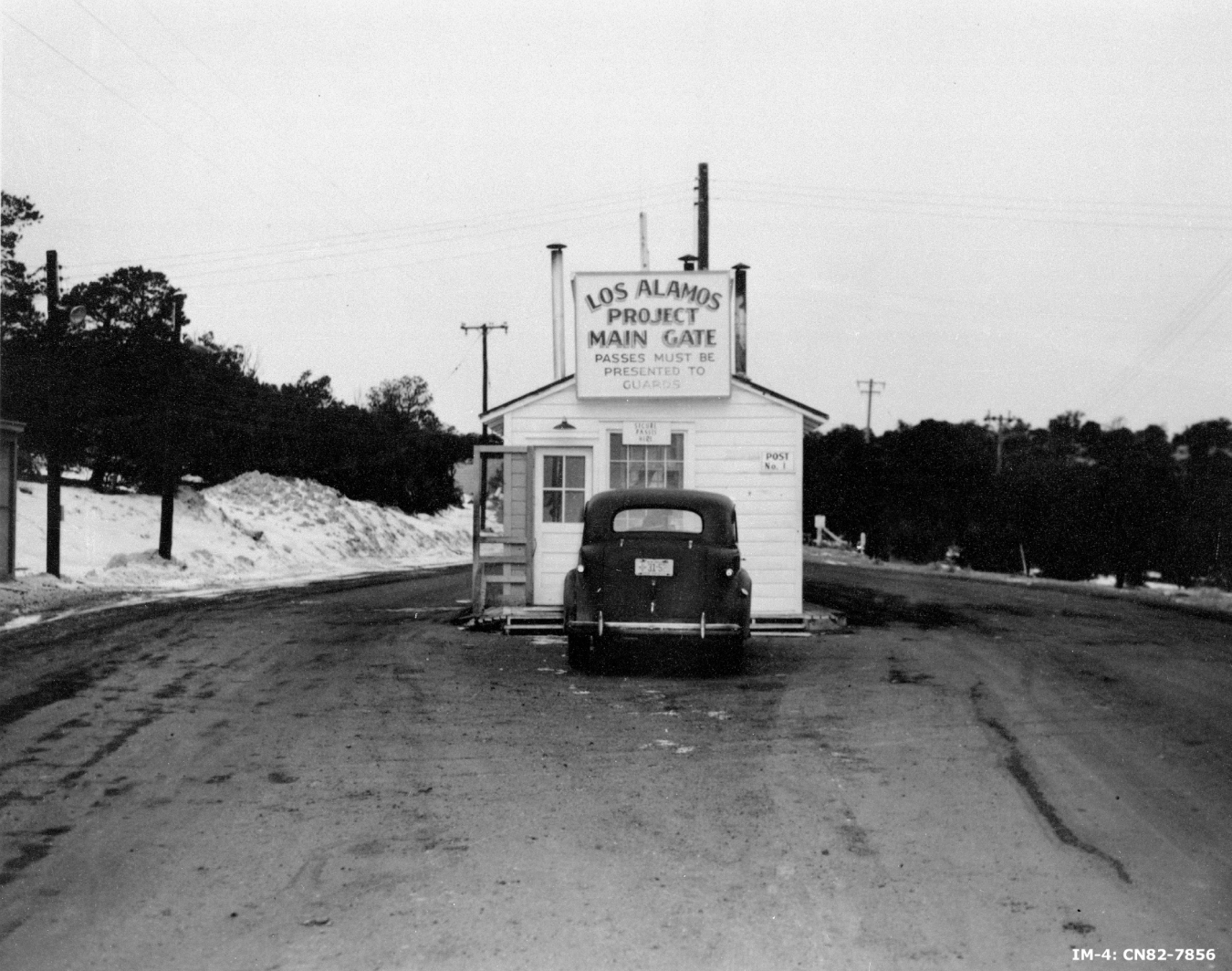DOE personnel celebrate the opening of Secret Cities: The Architecture and Planning of the Manhattan Project exhibit
May 11, 2018On May 1, U.S. Department of Energy Office of Legacy Management personnel attended a reception at the National Building Museum in Washington, DC, to celebrate the opening of the exhibition titled Secret Cities: The Architecture and Planning of the Manhattan Project. The exhibit showcases the three “secret cities” of Oak Ridge, Tennessee; Hanford/Richland, Washington; and Los Alamos, New Mexico, which were built to accommodate the tens of thousands of people who worked on the U.S. Army Corps of Engineers Manhattan Project. The exhibit features original documents, photos, artifacts, maps, and models of the cities and examines the innovative design and construction of the cities.
The exhibit is currently open to the public and will run through March 3, 2019. For more information visit, https://www.nbm.org/exhibition/secret-cities/.

Many of the workers in the three Secret Cities of the Manhattan Project were young women. The group seen here is leaving the Y-12 plant, where uranium was enriched through electromagnetic separation.

The B Reactor at Hanford was the world’s first large-scale nuclear reactor. It produced plutonium for the device tested at the Trinity site in New Mexico on July 16, 1945, and for the bomb that was dropped on Nagasaki, Japan, on August 9, 1945.

Anyone approaching Los Alamos during the war had to pass through at least two checkpoints.

